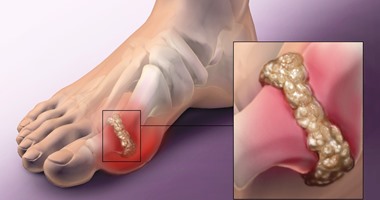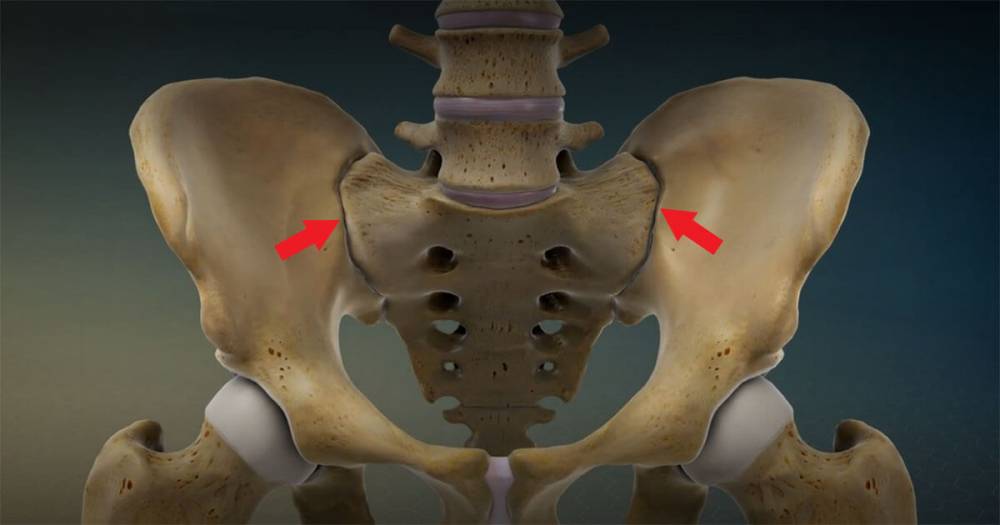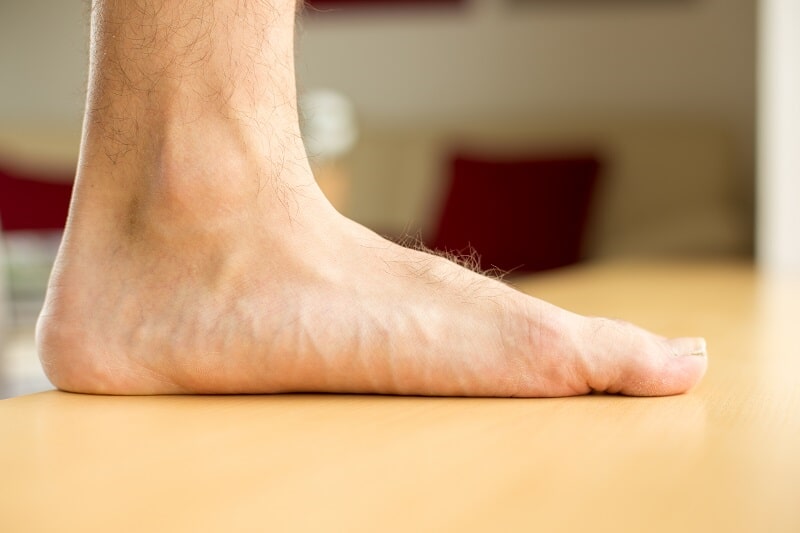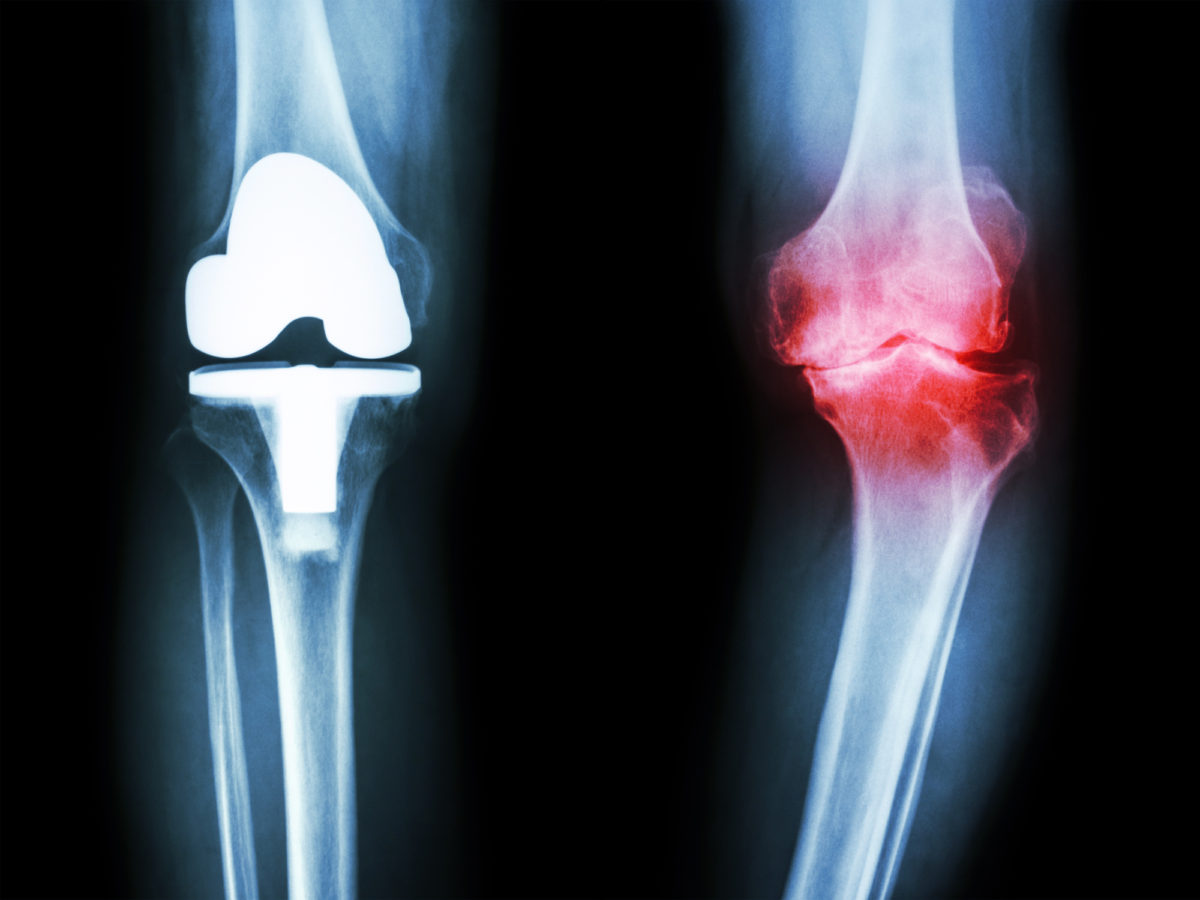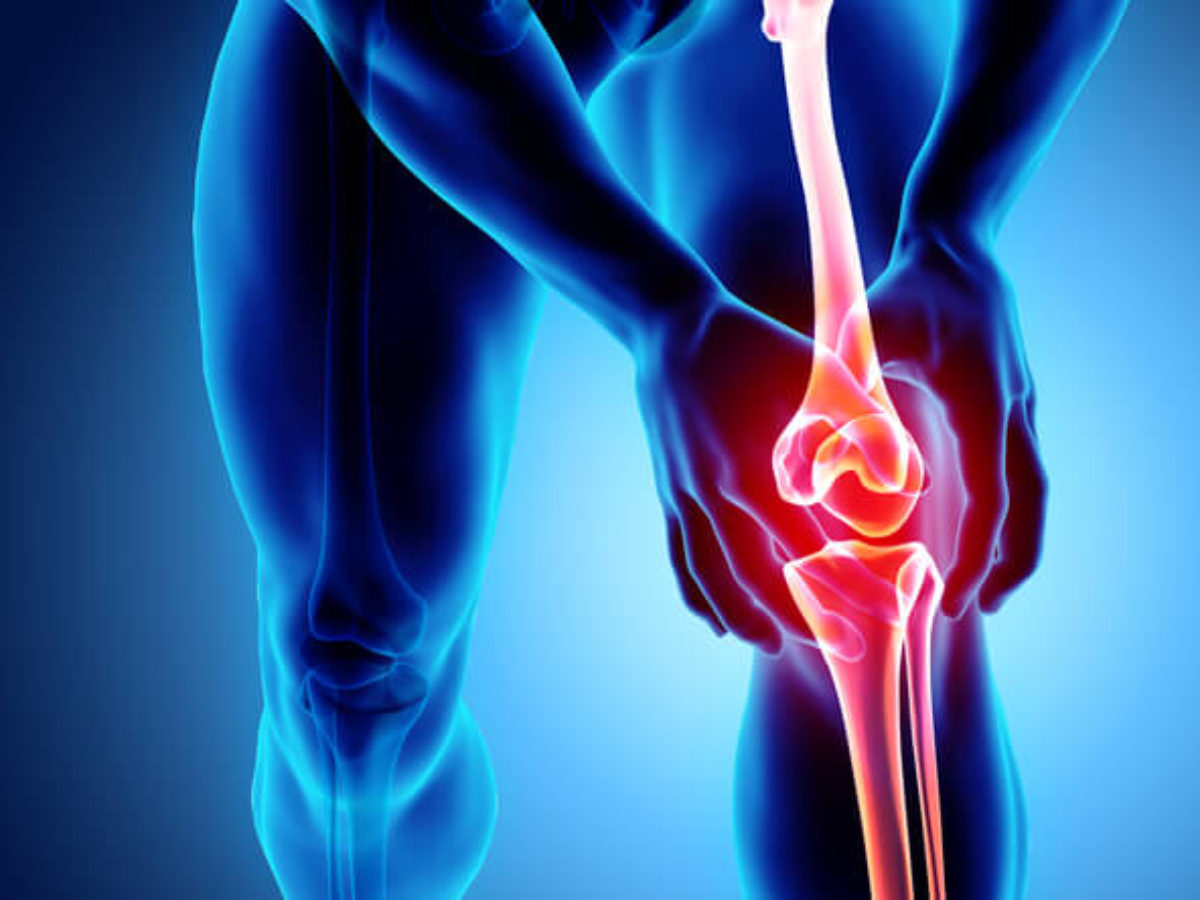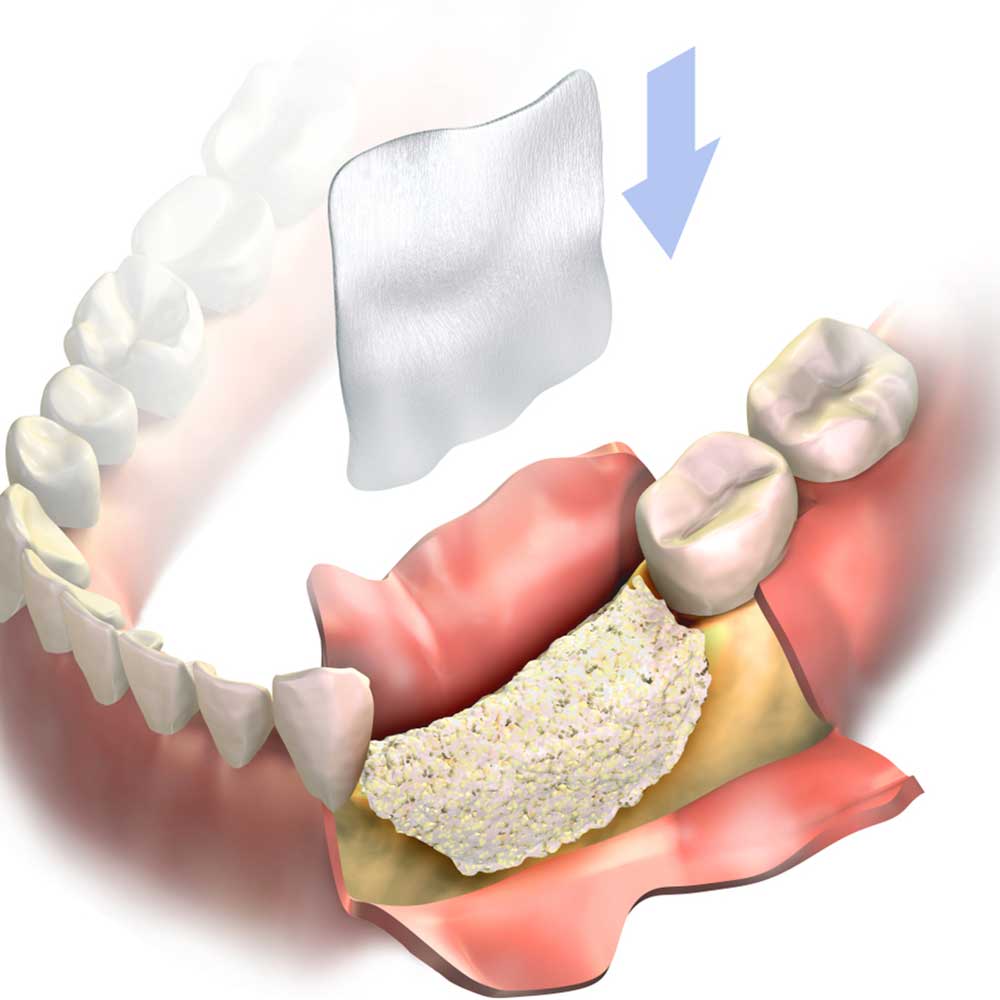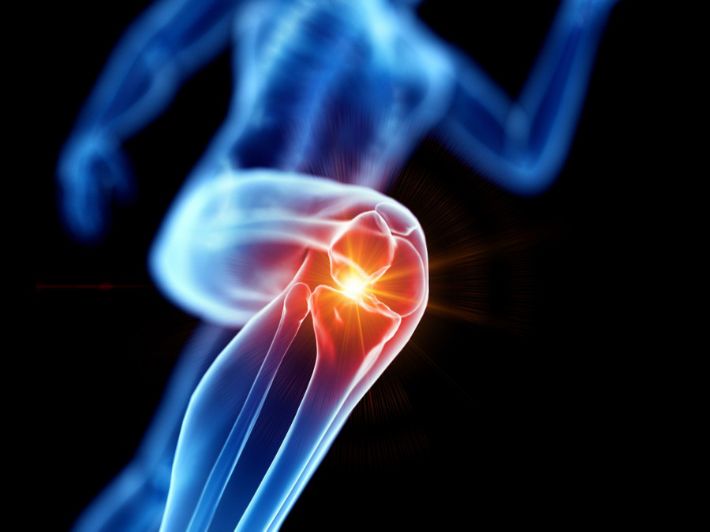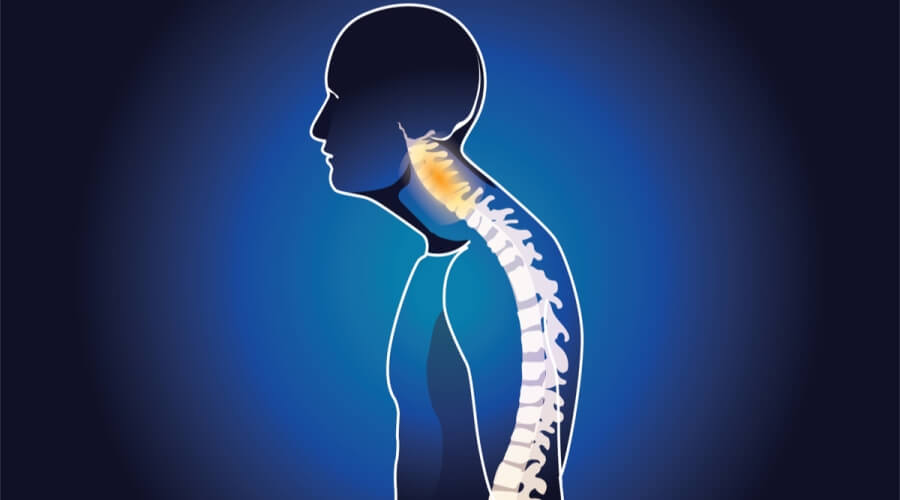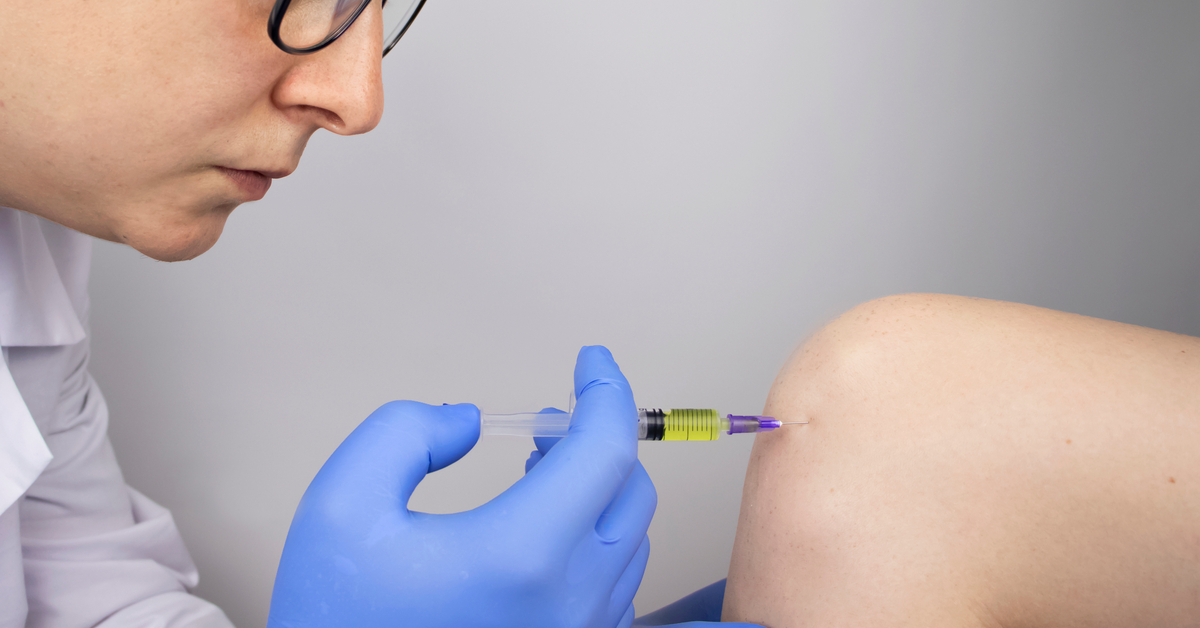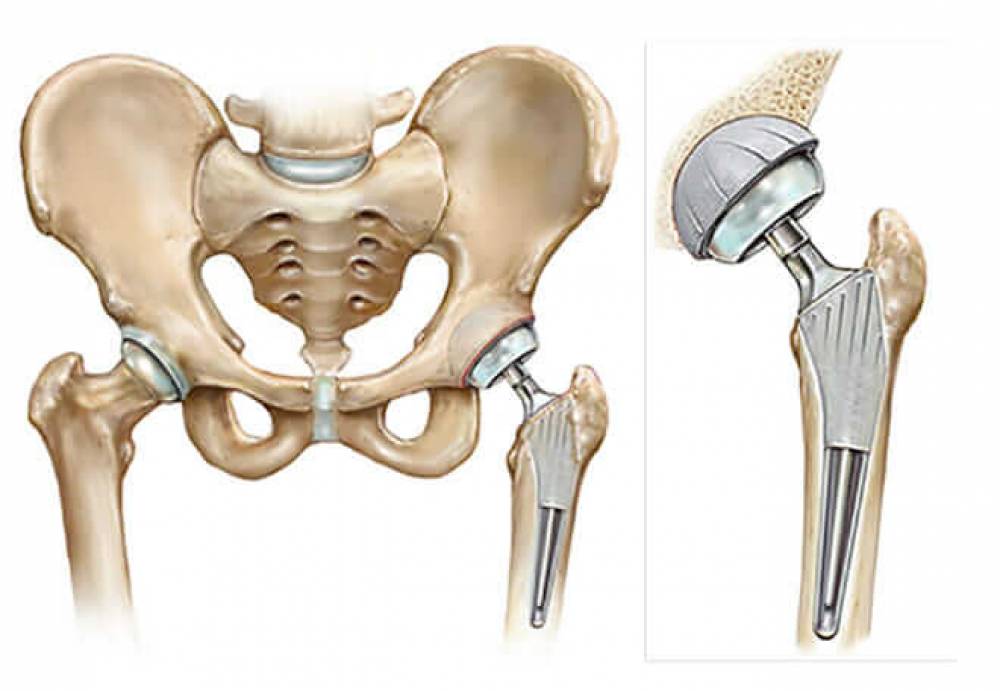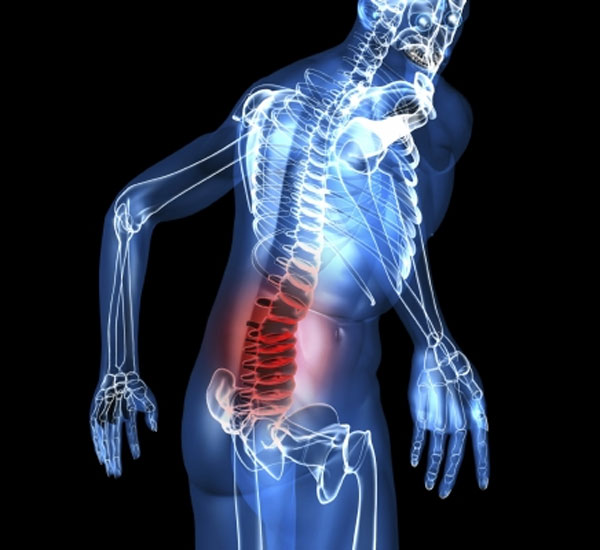What is the cruciate ligament?
The cruciate ligament is one of the strongest ligaments in the body and has more than one task related to the knee. We provide you with all the information related to what the cruciate ligament is and the types of injuries that occur in it in the following article.
What is the cruciate ligament?
The cruciate ligament is one of the connective tissues that connect the bones in the thigh and the shin bone at the knee, and the cruciate ligament plays an important role in the balance of the knee and keeps the leg bone without slipping and helps in the knee process.
The cruciate ligament can rupture to certain degrees that may reach pieces, and this usually happens with athletes and business practitioners that require excessive load on the knee, and reconstruction and repair operations are performed for it, and there are also rehabilitation systems that the injured person follows after the operation, in order for the person to return to practicing his life normally.
Types of injuries that occur in the cruciate ligament
The levels of injury that occur to the cruciate ligament vary according to the different types of sprains and are divided into:
- The first degree: A first-degree sprain can occur, which is a minor tear in the ligament that may cause it to be too stretched, but the knee still works well and straight.
- The second degree: The cruciate ligament can become more severely injured, loosened, and not function well, which is called a “partial cruciate ligament tear.”
- Third degree: In this injury, the ligament has been completely cut and separated into two parts, which makes the knee movement unstable.
Causes of cruciate ligament injuries
There is more than one cause that leads to a cruciate ligament injury, and it usually occurs in athletes, especially women, more than men. Risk factors or causes of injuries are due to:
- The knee joint is stretched too much.
- Improper jump.
- A strong blow to the knee from one side.
- Suddenly changing the direction of the body or suddenly stopping running very quickly.
Where is the cruciate ligament located?
The cruciate ligament is located in the knee and is divided into an anterior ligament and a posterior ligament, which are elastic bands that cross the knee joint and work to stabilize the joint and prevent the knee from slipping forward or backward.
The cruciate ligament works for the knee to expand and flex naturally and perform its function to its full potential, and the ligaments are supplied with blood by the arteries in the middle and lower knee.
The anterior and posterior cruciate ligaments intersect forming a letter (X) and work to keep the femur and leg bones from slipping, and these ligaments are part of several other ligaments in the knee that work to stabilize the knee when rotating and prevent the leg from returning to the back.
Symptoms of cruciate ligament injury
Some of the symptoms that occur to a person can show that a knee injury has occurred, which are:
- A strong crackling sound when injured.
- A person can have knee pain that lasts for more than 6 consecutive hours up to 24 hours.
- Inability to bend the knee.
- Swelling in the knee and great difficulty in walking began.
- In some cases, the knee stops working permanently.
How is the cruciate ligament diagnosed?
The doctor can refer to the diagnosis of cases of cruciate ligament injury through:
- Clinical examinations are performed first and the apparent symptoms are identified.
- The doctor asks the patient to take x-rays to determine the presence of fractures.
- The patient can do an MRI to clarify the current tissue condition.
The difference between cutting and tearing the cruciate ligament
There is more than one ligament in the knee that maintains its balance and connects between the femur and shin bone (tibia). The knee can suffer a partial rupture or a total fall when a sudden stop occurs or something hits the knee with great force.
There is more than one degree of rupture that affects the cruciate ligament, and it begins with the first degree, which is a simple tear in the ligament, but the knee does not stop working. As for the second degree, it is the partial tear, which is an increase in the severity of the knee injury, which makes the knee not work straight.
The third degree of injury, it is the total cutting of the cruciate ligament and its rupture, and this makes the knee lose its stability and it is very difficult to control it, and the three degrees suffer severe pain and swelling in the knee, especially if the joint is also injured due to the severity of the injury.
The cruciate ligament cutting
The cruciate ligament is one of the elastic tissues located inside the knee joint and is of great importance in maintaining the movement of the knee and the connection between the femur and leg bones. It can occur in more than one injury, including cutting the cruciate ligament.
The cruciate ligament cutting is the last degree of a knee injury, which causes major problems in the knee, and the movement of rotation or control is difficult, and it can be treated in more than one way, including medications and some surgeries.

